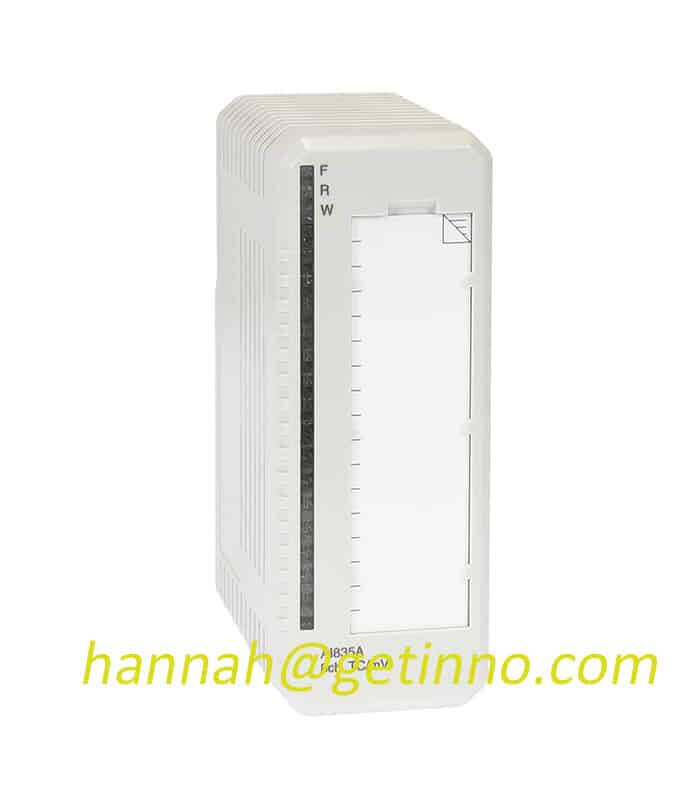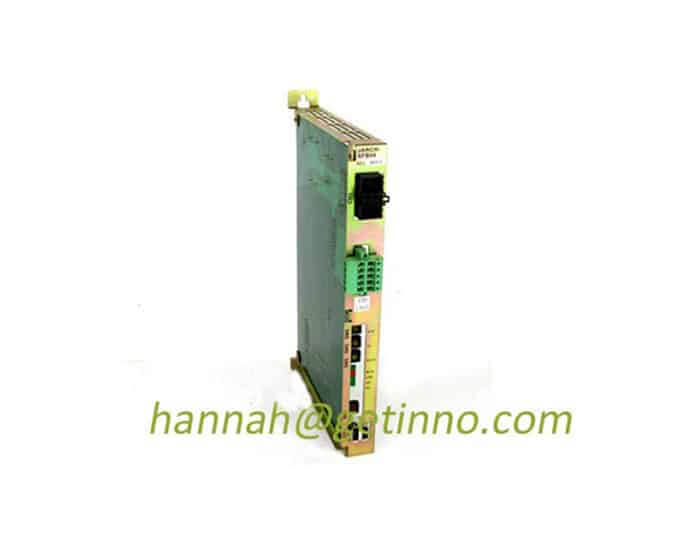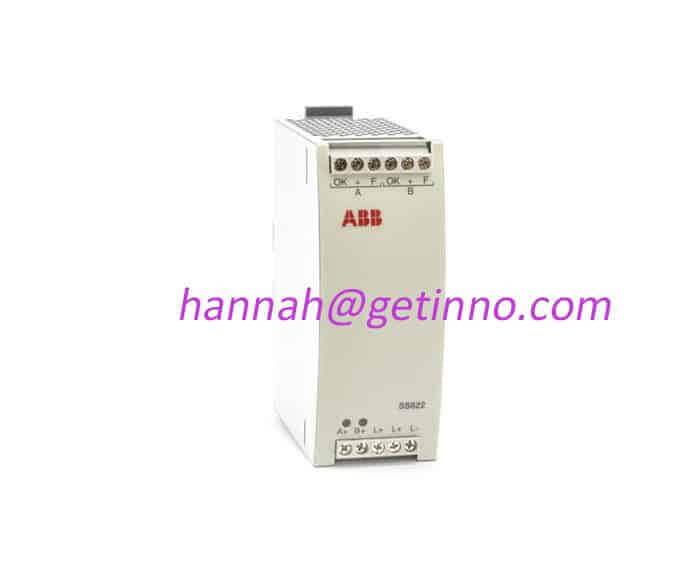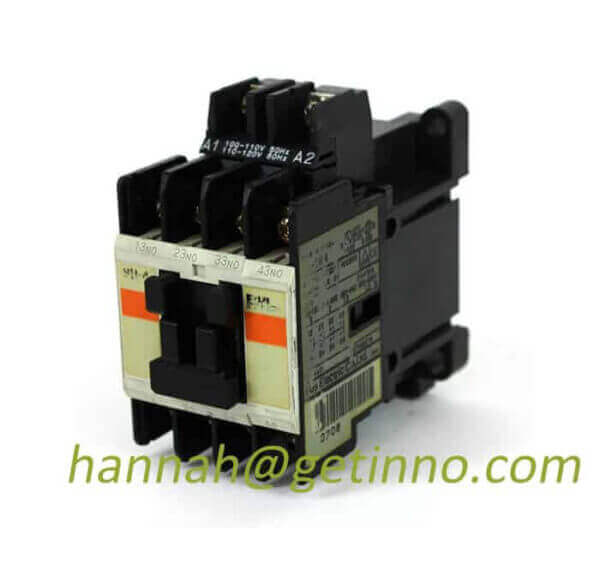In the era of edge computing, discuss the transformation of low-cost intelligent manufacturing
Gartner predicts that “by 2025, 75% of all data will be created and processed outside of traditional centralized data centers or clouds”. This means that edge computing will undertake more and more computing processing tasks in the future social and economic development. Taking industry as an example, with the development of the internet of Things technology and the improvement of the hardware and software capabilities of Industrial equipment, in order to make full use of the data resources in industrial equipment and realize intelligent production, enterprises have an increasingly urgent demand for edge computing.
However, Professor Peng Yu, honorary chairman of the PLCopen China organization, pointed out that “today’s industrial automation is the only one that still uses special-purpose computers, PLC and DCS control systems, instead of using standard computing platforms at the edge of the system for local control, optimization, analysis and data extraction. industry.” Since the scope of data collection of PLC, DCS and other systems is limited to the originally set control objects, at best, data analysis, filtering and local optimization can only be performed on the spot, and it is impossible to arrange the goal of decision-making control from the overall perspective of production. As a result, the edge computing platform emerged as the times require, and has become the key for enterprises to achieve global production decision-making control.
Recently, a reporter from New Industry Network interviewed Xu Huai, Technical Manager of Greater China Region of Stratus Fault Tolerant Technology Company, and conducted in-depth exchanges on issues related to industrial edge computing. Stratus is committed to providing high-availability and fault-tolerant edge computing products for the digital transformation of enterprises. It can safely and remotely run mission-critical applications in data centers and edge locations, freeing enterprises from downtime and turning data into actionable decisions.
Multiple factors drive changes in IT infrastructure
2022 is a tough year. Affected by factors such as the new crown epidemic, geopolitics, and the game of great powers, the pressure on the production experience of enterprises has increased sharply, and the market challenges continue, making it very difficult for enterprises to predict market trends. “Variability, uncertainty, complexity, ambiguity “It is bringing us into the VUCA era. In this era, the formulation and implementation of corporate strategies require strong risk response capabilities and foresight.
“For us, the current situation facing enterprises is not only a challenge, but also an opportunity.” Xu Huai said. In his view, opportunities lie in crises. On the one hand, affected by the economic downturn, the pace of enterprise investment expansion is slowing down, thereby reducing the need for deployment of traditional IT infrastructure. On the other hand, affected by the new crown epidemic, geopolitics, and the game of great powers, enterprises urgently need a more “efficient, safe, and reliable” IT infrastructure. By simplifying system deployment and operation and maintenance, reducing personnel costs, in special times Ensure the stable operation of IT systems.
This judgment stems from his deep insight into the industry. Before joining Stratus, Xu Huai served as the Team Leader of the Oracle Database product line, responsible for the promotion and operation of IBM minicomputers in domestic commercial banks, and engaged in MES research and development and implementation in Sony, ASUS and other large manufacturing industries. He has rich cross-industry work experience , so that he has a deep understanding of IT infrastructure and upper-level applications, and can accurately grasp the pain points and needs in the current digital transformation and upgrading of manufacturing enterprises.
Xu Huai believes that with the deepening of the smart manufacturing strategy, enterprises urgently need to open up a digital system for the entire business process from R&D management to production and manufacturing. And we are witnessing such a trend, that is, on the one hand, the industrial Internet platform built with IT technology is advancing towards the field of industrial applications, and on the other hand, the level of intelligence in manufacturing systems and equipment is constantly improving, and the integration and collision of IT and OT is imperative. . It is foreseeable that the emergence and rapid promotion and application of edge computing will become the link between OT and IT integration and the actual carrier of the industrial Internet.
Create a “six nines” fault-tolerant industrial edge computing platform
Industry is a very traditional industry, and it is also the largest and most complex industry in the economic structure. Therefore, industrial edge computing is an area with the most development potential and economic benefits in edge computing applications. It is also an area that faces the most application scenarios, the most complex technology integration, and the most urgent demand for standardization. It has attracted many traditional industrial automation. Attention and promotion of enterprises and IT enterprises.
As one of them, Stratus’ technical products take into account the dual characteristics of IT and OT. Generally speaking, OT focuses on the safety, efficiency, stability and continuity of the production process, while IT prioritizes speed, security and data analysis. Edge computing must blend the characteristics of OT and IT to maximize its potential. So how to take advantage of the agility of IT systems and ensure the continuity of mission-critical requirements according to OT indicators? Stratus has realized the innovation of product functions through a series of technological innovations.
First, in order to solve the industrial interoperability problem, realize the data fusion in the IT and OT environment. Stratus integrates common OT and IT protocols in the edge computing product ztC Edge, which makes the product easy to integrate into the existing industrial automation environment, while SNMP requests and traps can be used to configure notifications and alarms, thus achieving good industrial interaction operability. Organizations can also leverage OPC UA attributes or REST APIs to Display relevant system data in most third-party systems management tools and dashboards.
Secondly, in order to ensure the safety, stability and continuity of the production control process, Stratus carried out technical innovations from both software and hardware directions, making the platform usable up to “six nines”. According to Xu Huai, traditional servers and industrial computers operate in stand-alone mode. To achieve high availability, it is necessary to establish a dual-machine redundant architecture with redundant software. Even so, it is still difficult to avoid unplanned downtime, and we can only make up for it after hardware failure, so that the operation and production of the enterprise are always at risk. In this regard, Stratus has developed three platforms of “hardware fault tolerance, software fault tolerance and edge computing fault tolerance”. Its representative products are ftServer fault-tolerant server, everRun downtime prevention software and ztC Edge edge computing fault-tolerant platform. Choose a different solution for your specific needs.
Taking ztC Edge as an example, it adopts Stratus’ unique “redundant pair” design internally. Once a failure occurs, the virtual machine running on one platform will automatically restart or recover on another platform. If ztC Edge detects a network or disk failure on one computer, it automatically reroutes traffic or uses data from another computer without any operator intervention. In addition, all hardware components of Stratus can be hot-swapped to ensure that the business can be replaced without interruption, so the operation and maintenance management is better than the traditional redundancy solution, and there is no need to purchase redundant version software Authorization can achieve redundancy and help customers save input costs.
At present, Stratus has established good cooperative relations with friends such as Schneider, Rockwell and Jianwei Software, and has carried out extensive cooperation on a global scale. By integrating Stratus’ technical products into their overall industrial automation solutions , to achieve the application coverage of the whole industry and the whole scene, covering edge computing, centralized monitoring, production control,AIAnalysis, etc., and shows excellent usability when supporting the operation of mainstream industrial software such as SCADA, MES, DCS, CRM, ERP, and PLM.
Low-cost and high-availability edge computing facilitates the transformation of intelligent manufacturing
Digital transformation is a long-term process that requires continuous capital investment. If you are not careful, the funds will be unsustainable. Therefore, one of the most frequently considered issues in enterprise transformation is where does the capital come from? How to reduce the cost of business transformation. At this time, the enterprise will carefully consider whether the existing investment is reasonable? Is some big spending really necessary? Is there an alternative low-cost and high-availability solution, etc. This is a very real problem. For example, some enterprises today still tend to use servers or industrial computers as edge computing platforms. Not only is the deployment and implementation process complicated, but hardware procurement costs are high, implementation cycles are long, and more operation and maintenance personnel are required. It can meet the application requirements of industrial intelligent scenarios.
In view of this situation, the Stratus solution can completely replace it, supporting enterprise transformation with lower cost and higher availability. Generally speaking, only one ztC Edge product can replace the traditional redundant architecture built by multiple servers. It is not only easy to deploy, easy to manage, but also low in cost. Hot swapping of all components can help customers save on-line and maintenance costs. At the same time, it can also be greatly guaranteed in terms of safety and stability, helping customers improve production efficiency and optimize project costs.
At the same time, in order to continuously improve product performance, Stratus has never stopped the pace of product optimization. It uses the latest technology to update products almost every year, and realizes simultaneous upgrades to the three major products of ftServer, ztC Edge and everRun. These products not only adopt the latest CPU and hardware architecture to adapt to the development of edge computing applications, but also have stronger security and more API parameters to serve our partners and customers with better functions. In addition to manufacturing companies, companies that have extremely high requirements for high availability and security, such as Disney, Alibaba, CITIC Securities, and Shougang Jingtang, are our long-term loyal customers.
With the continuous improvement of the intelligence level of factories, the hardware supporting industrial control systems has changed from a single server to a distributed architecture. Enterprises will increasingly face problems such as separation of applications and data, structured & unstructured data, relational & non-relational databases, business splitting, load balancing, and edge computing. Regarding my future development, Xu Huai said, “We still have a lot to do on the road to intelligent manufacturing. Stratus will continue to help enterprises in the entire industry achieve efficiency and cost reduction with lower costs and higher availability. We also look forward to cooperating with more smart manufacturing suppliers to provide customers with safe, stable and simple solutions, and to contribute to the transformation of smart manufacturing.
The Links: SRDA-EAXA01A ELECTRONIC
Pre: Status Quo and Enlightenment of Globa... Next: Food delivery robots have entered an ...




